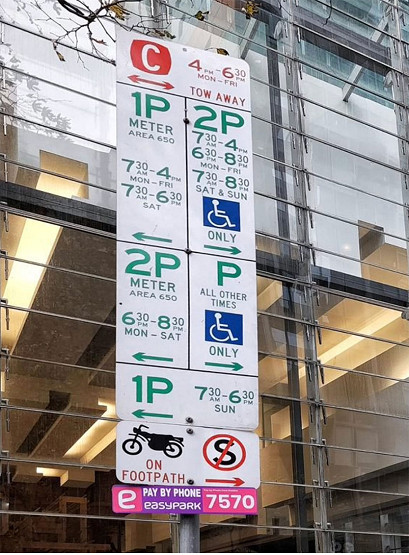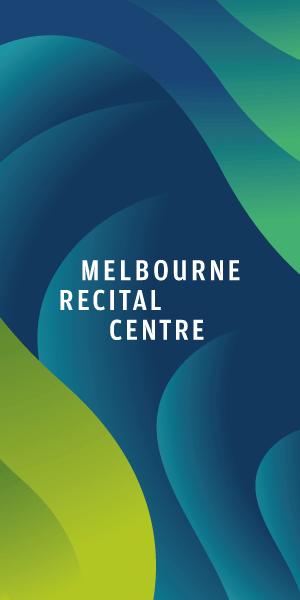Council to overhaul on-street parking, simplify “confusing” signs
The City of Melbourne has vowed to make kerbside parking in the CBD more “fair, simple and reliable” after a survey revealed over 80 per cent of people found it hard locate a vacant space the last time they visited.
Plans to simplify signage, make layouts and durations consistent, and improve loading zones were all part of a wider push to improve the often high-demand spaces.
It also pledged to “put the customer at the heart of the [new] approach” and, notably: “infringements will not be viewed as a measure of success”.
Research revealed that up to 30 per cent of CBD traffic was drivers “cruising” to find a park, a situation that increased vehicle congestion, emissions and “frustration for drivers [that] can lead to unsafe driving or illegal parking”.
“People’s experience of parking in the city can be poor and the signage confusing,” the Draft Parking and Kerbside Management Plan read.
A driver must overcome many barriers to find a parking space in the city. Available spaces can sometimes be hard to find. It’s not always clear where to look.
The draft plan was expected to be endorsed at a March 21 Future Melbourne Committee meeting, before the council would open it up for public comment until April 19.
“Good parking management helps to keep our city moving – and we want to make parking simpler and fairer for people who need to drive into the city,” Lord Mayor Sally Capp said prior to the meeting, noting that some of the city’s parking signs were “so confusing”.
“We’re aware that people can have parking anxiety, and we want to make sure everyone has an enjoyable experience in the city.”
The council wanted to improve driver knowledge of spaces they are legally allowed to use — for example, that anyone can legally use ‘No Parking’ spaces when picking up or dropping off.
Demand for parking had changed in recent years, with a higher demand for weekend parking compared to pre-COVID levels and conversely lower demand on weekdays, something it also sought to address.
The council did, however, acknowledge that it managed only 10,000 paid on-street parking spaces across the municipality – including 1800 in the CBD – which represented less than five per cent of the total parking capacity.
Commercial off-street spaces made up a significant percentage of parking within the CBD and were “underutilised” according to the council, something that exacerbated overall parking issues.
“The difference in price between on-street parking and commercial off-street parking can be significant. This exacerbates the driver preference for on-street parking. The price differential does not reflect that on-street parking is a premium product and the price of off-street parking increases demand for the limited spaces that are available.”
The council’s current maximum on-street parking rate was $7 per hour, a rate it has not proposed changing.
It said improved parking efficiency was also important for business productivity within the Hoddle Grid.
It revealed that at times during COVID-19 the average turnover of each parking space in Russell St decreased from 23 to 10 times per day, and if replicated across the CBD it represented a potential “lost city spend” of almost $2 million per day.
Those who travel to the city by car to shop, however, were still a minority cohort.
“More people coming into the city means more money being spent on shopping, dining and attending events – no matter how you decide to travel,” transport chair Cr Davydd Griffiths said.
“While parking is an important mode of transport, we can’t forget that more than 60 per cent of people who travel to the city to shop don’t arrive by car.”
Head to participate.melbourne.vic.gov.au to have your say before April 19.

City of Melbourne unveils next urban forest plan for the CBD








 Download the Latest Edition
Download the Latest Edition